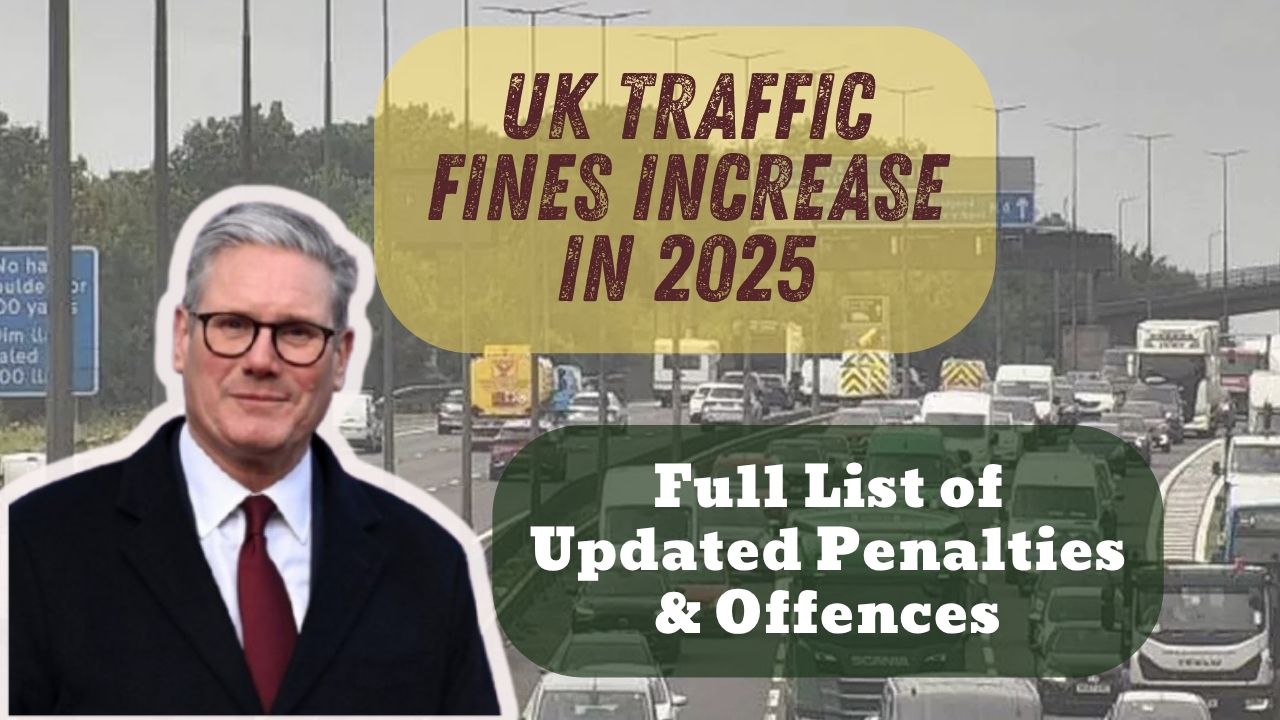After widespread public and political backlash, the UK’s government decided to withdraw the proposal to replace the PIP benefits with a voucher-based system. The controversial plan is to ensure a shift to a regulated model from the traditional monthly payments.

This model includes prepaid cards, reimbursement-based support, and one-off disability grants. However, the serious concerns raised by the disability organization about dignity, autonomy, and complexity in administration encouraged the government to drop the idea in April 2025.
DWP PIP Benefits Shake-Up 2025
This proposal was originally introduced to help individuals manage the extra cost that is associated with the disability. PIP plays a vital role as it offers financial independence to the 3.3 million people across the UK. The reform in the proposal was threatened to undermine this independence by placing restrictions on how applicants could use their benefits.

After the end of the voucher plan, recipients have to make purchases from designated outlets and submit receipts to be eligible for the payments. Although this particular policy has been set aside, the Department for Work and Pensions has confirmed that it is committed to broader reforms in the PIP system.
These adjustments are still set to take effect in the upcoming years. It was estimated that these changes will affect up to 1.2 million individuals by the year 2029, which includes a potential financial loss of up to £6,300 annually per claim under the strict and specific eligibility rules.

Reasons Behind the Voucher-based Proposal and Its Criticism
The establishment of the voucher concept is a part of the broader strategy of DWP, which ensures that disability related funds are used solely for their planned purpose. To reduce fraud, there are some tools like prepaid cards and targeted grants that were used, which also encourage appropriate spending and enhance the transparency in the distribution of public funds. It was believed by the officials that these mechanisms would raise the proficiency and also provide personalized support for specific needs.

However, the proposal faced intense inspection; many disability groups argued that this system would involve unnecessary barriers and also put great surveillance on the individuals. It also risked marginalizing people with mental health challenges who may not have predictable needs. Apart from this, the organization also warned that the requirement of receipts will create bureaucratic bottlenecks, mainly for those who are with limited mobility or have perceptual challenges.

It was stated that the voucher model was unsuited to the values of personal choice and individualized support. After taking this feedback from the public and stakeholders, the government has decided to make a clear reversal in its approach. The secretary of the DWP declared that after recognizing the need to uphold flexibility and user control in disability support, the government would preserve the cash-based model.
Changes Ahead Despite Rejection of Voucher Plan
Although the scheme of voucher scheme has been rejected by the government, the PIP framework is still in process with considerable transformation. These alterations are part of a wider welfare reform that aimed to reshape the assessment process and eligibility criteria.

In 2026, the fundamental adjustments are expected, which include the tightening of the criteria of eligibility. Under the reviewed rules, the claimants have to demonstrate that their condition has a significant impact on minimum one core aspect of daily living, including mobility, dressing, or communication.
This is different from the current practices of evaluating damages across multiple categories with an aggregate point system. This move makes it more difficult for individuals with mild to moderate impairments across several domains to be entitled to the PIP. It also impacts people with fluctuating conditions like PTSD or chronic fatigue syndrome, whose systems fluctuate over time and do not always fit into the single domain evaluations.
Elimination of the Work Capability Assessment by 2028
It was assessed that the Work Capability Assessment would be eliminated by 2028, which was previously used to determine eligibility for Employment and Support Allowance (ESA). The PIP assessment will become the only gateway of financial support to disabled individuals.
While this will simplify the administration system on paper. However, the critics are in fear that this unified assessment might ignore the complexity of work-related limitations that are different from the mobility needs and personal care.
| Feature | Current System | Post-Reform System (By 2028) |
| Type of Assessment | Separate WCA and PIP | Unified PIP-based assessment |
| Reconsideration Triggers | Variable | Expected to be streamlined |
| Focus Areas | Daily living (PIP) and work ability (WCA) | Combined for both functions |
| Administrative Efficiency | Dual processes | Intended simplification, risks remain |
Assessment Process and Administrative Revisions
The Department for Work and Pensions aims to reduce delays and inconsistencies by increasing in-person assessments, which provide more accurate evaluations in comparison to telephone and paper-based interviews. These changes also create new challenges for certain groups. The in-person interview creates difficulties for individuals with anxiety-related disorders or mobility restrictions.
The increased use of in-person interviews also stretches the DWP resources which resulting in delays in the benefits decisions. Disabled groups have requested the government to retain flexible assessment methods for people who may experience physical hardship and distress during travel.
Impacts on Claimants and Final Projections
The policy shifts on vouchers avoided a potentially regressive step; it was expected that the reform in PIP would still lead to financial loss for a large number of claimants. According to the DWP modeling, it was stated that approximately. 1.2 million people will see reduced benefits or be discontinued by 2029, which is caused by the changes in eligibility and assessment criteria.
| Year | Average Annual Loss per Person | Estimated Affected Claimants |
| 2026 | £2,500 | 250,000 |
| 2027 | £4,000 | 600,000 |
| 2028 | £5,200 | 950,000 |
| 2029 | £6,300 | 1,200,000 |
The above figures represent a reduction in approved claimants and also a potential shift in the awarded amount to each claimant.
Final Thoughts
At the end of the voucher plan, recipients have to make purchases from designated outlets and submit receipts to be eligible for the payments. As the reform in the broader welfare agenda, the PIP system stands at a crossroads. Whether the PIP will become more equitable and streamlined or more burdensome will depend on these reforms and how these reforms are implemented in practice.
| Official Website | Click Here |
| Homepage | Moyle-Council.org |





